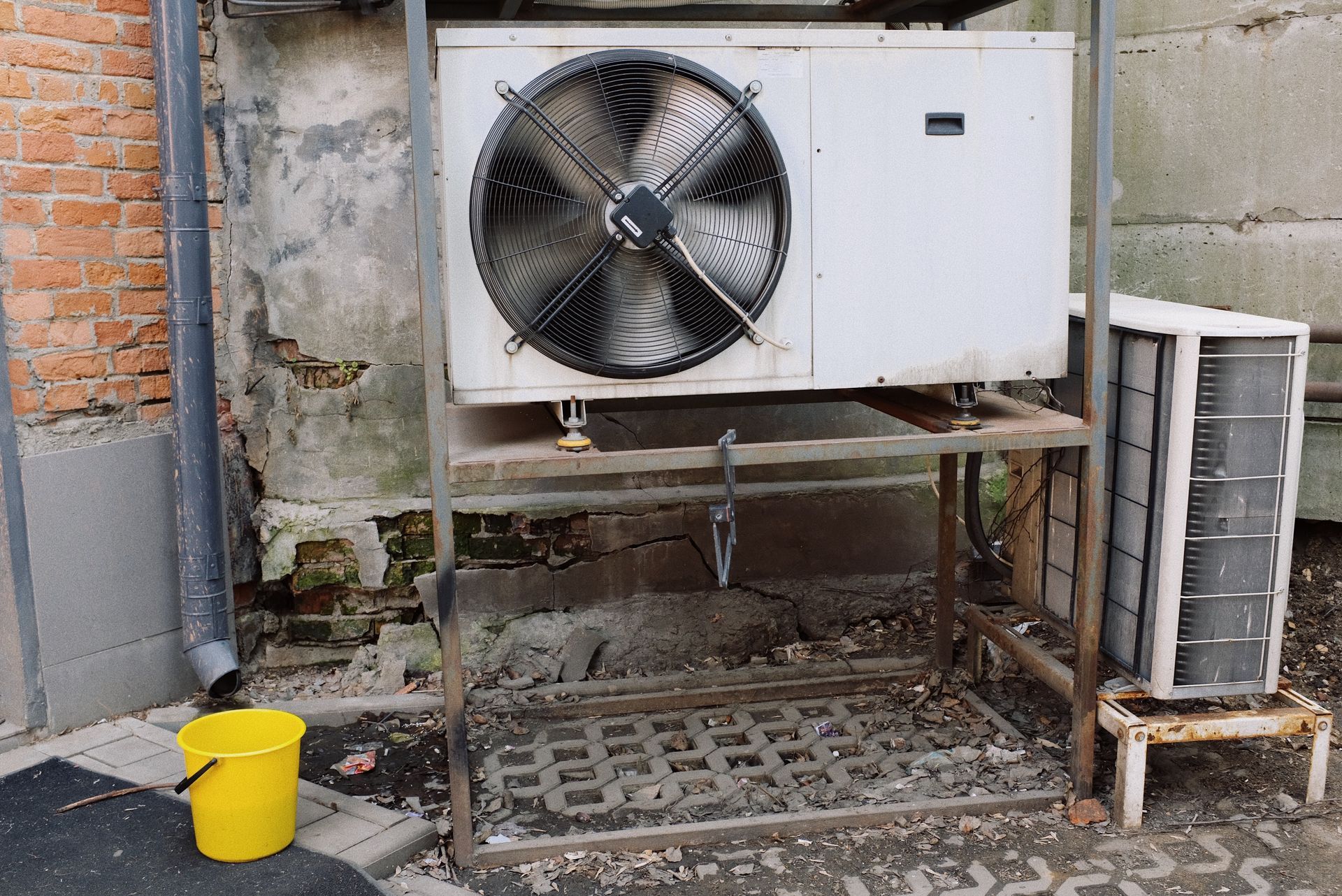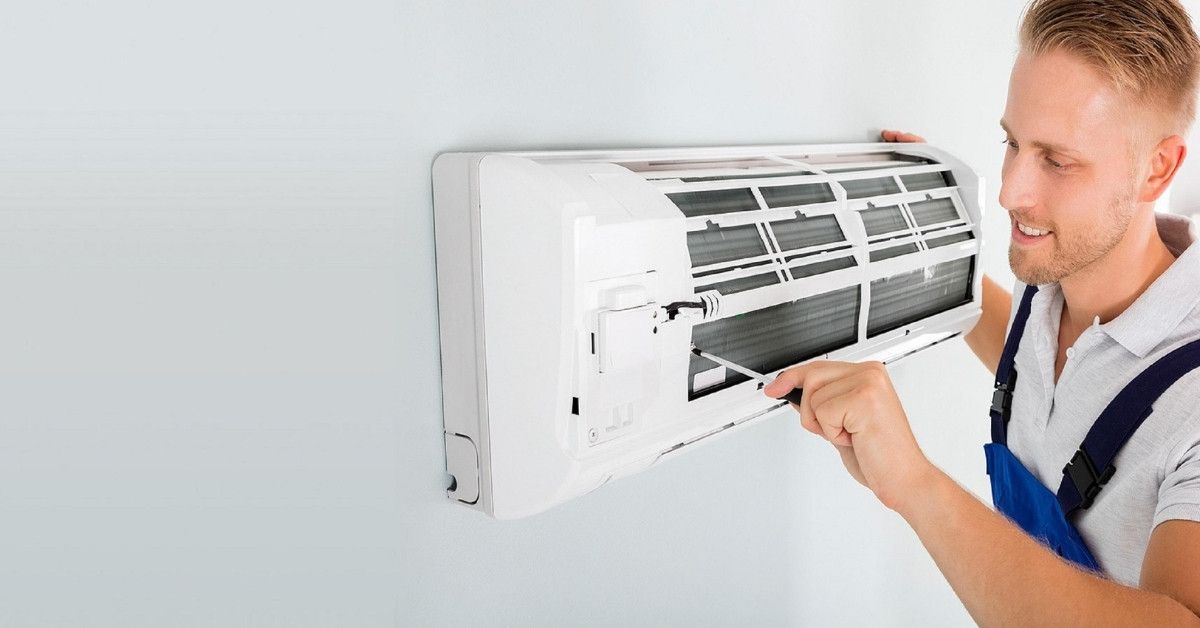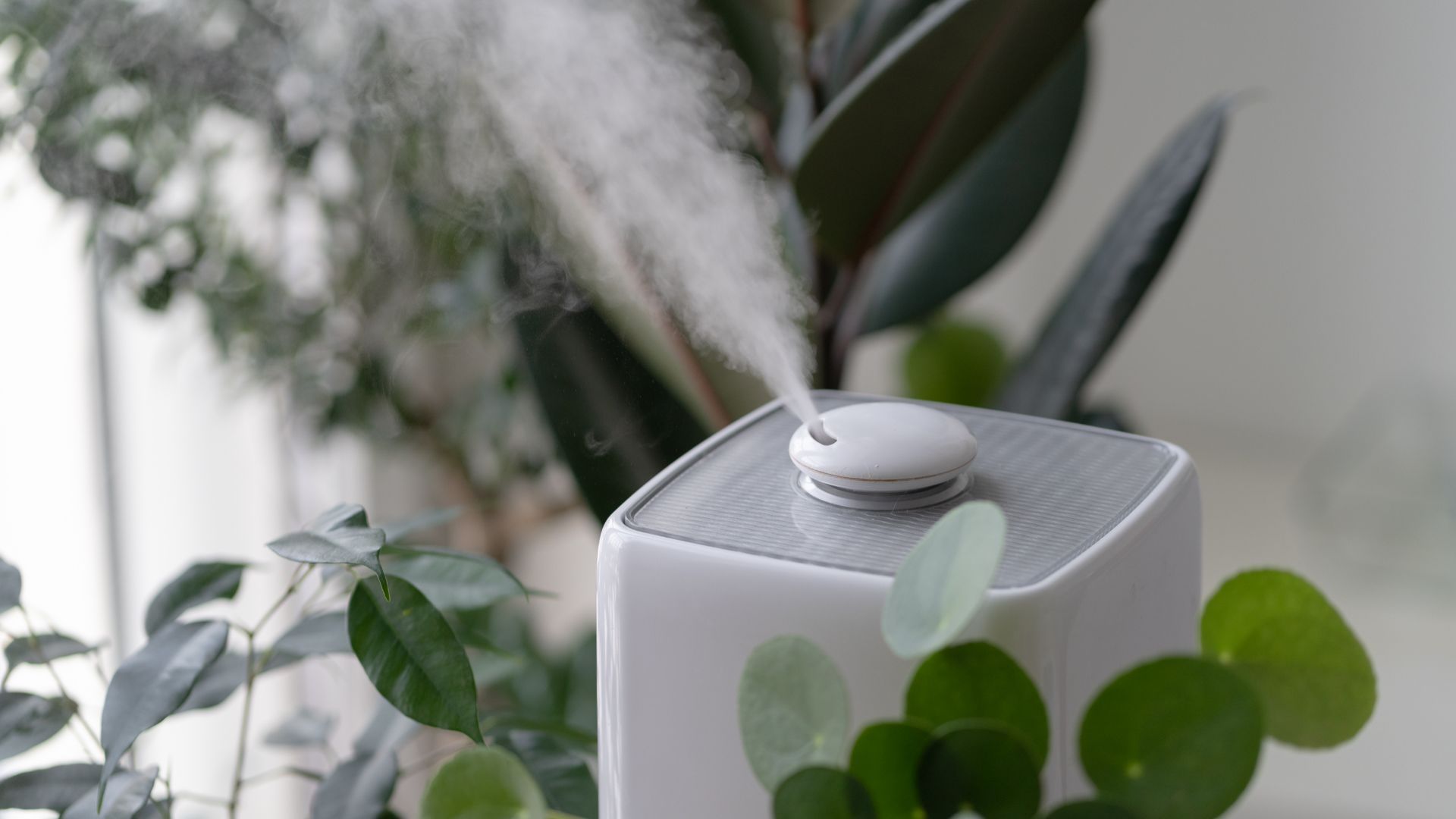Understanding the Role and Benefits of Air Handling Units
Understanding the Role and Benefits of Air Handling Units

Air handling units, also known as AHUs, are a crucial component of any HVAC (heating, ventilation, and air conditioning) system. These units are responsible for providing conditioned air to a building or space, and they play a vital role in maintaining the indoor air quality and comfort of the occupants.
In this article, we will take an in-depth look at what air handling units are, how they work, and their various applications in different types of buildings.
How Do AHUS Work
So, what exactly is an air handling unit? Simply put, an air handling unit is a device that is used to circulate and condition the air in a building. It consists of a number of components that work together to supply, treat, and distribute the air as needed. These components can include filters, coils, fans, and dampers, among others.
One of the main functions of an air handling unit is to bring in fresh outdoor air and mix it with the indoor air to maintain a healthy and comfortable indoor environment. The unit is equipped with filters that remove any contaminants or particles from the incoming air, such as dust, pollen, and other pollutants. The filtered air is then cooled or heated, as needed, using a coil that is filled with refrigerant. The cooled or heated air is then distributed throughout the building using a fan.
In addition to supplying fresh air, air handling units also play a key role in ventilating a building. Proper ventilation is essential to remove any excess moisture, odors, or other contaminants from the indoor air.
Without proper ventilation, the indoor air can become stagnant and unhealthy, leading to issues such as mold growth or poor air quality. Air handling units ensure that the air inside a building is properly circulated and refreshed, improving the overall indoor air quality.
Types of AHUs
There are several different types of air handling units available on the market, each designed to meet the specific needs of a particular building or application. Some of the most common types of air handling units include:
- Single-Zone Air Handling Units
These units are designed to condition the air in a single zone or area of a building. They are commonly used in smaller buildings or spaces where the airflow requirements are not too high.
- Multi-Zone Air Handling Units
As the name suggests, these units are designed to condition the air in multiple zones or areas of a building. They are commonly used in larger buildings or spaces where the airflow requirements are higher.
- Dedicated Outdoor Air Systems (DOAS)
These units are specifically designed to provide fresh outdoor air to a building. They are often used in buildings with a high occupancy rate, such as hospitals or schools, to ensure that the indoor air quality is maintained at optimal levels.
- Heat Recovery Ventilation (HRV) systems
These units are designed to recover the heat from the exhaust air and use it to preheat the incoming fresh air. This helps to reduce the energy consumption of the HVAC system and lower the operating costs of the building.
Considerations for selecting an AHU
Air handling units are an essential component of any HVAC system and play a vital role in maintaining the indoor air quality and comfort of the occupants. They are available in a range of different types and sizes, and it is important to select the right unit for your specific needs.
By understanding how air handling units work and their various applications, you can ensure that your building has a reliable and efficient HVAC system that provides a comfortable and healthy indoor environment.
When it comes to selecting an air handling unit for your building, there are a few key factors to consider. The first and most important factor is the size of the unit. It is essential to choose a unit that is appropriately sized for the space it will be serving.
An air handling unit that is too small will not be able to provide enough airflow to adequately condition the air in the space, while a unit that is too large will waste energy and resources.
Another important factor to consider when selecting an
air handling unit
is the type of filter that it uses. Filters play a crucial role in removing contaminants and particles from the incoming air, so it is important to choose a unit that is equipped with high-quality filters. The type of filter that you choose will depend on the specific needs of your building and the level of air purity that you require.
Applications of AHUs
- Commercial And Industrial Buildings
- Offices
- Hospitals
- Schools
Air handling units are an essential component of any HVAC system, and it is important to choose the right unit for your specific needs. By considering factors such as size, filter type, and energy efficiency, you can ensure that your building has a reliable and efficient air handling unit that provides a comfortable and healthy indoor environment.
Conclusion
In conclusion, air handling units are devices that are used to circulate and condition the air in a building. They consist of a number of components, including filters, coils, fans, and dampers, that work together to supply, treat, and distribute the air as needed.
These units are essential for maintaining the indoor air quality and comfort of the occupants, and they are used in a wide range of buildings, including offices, hospitals, schools, and other commercial and industrial facilities.
There are several different types of air handling units available, and it is important to choose the right unit for your specific needs by considering factors such as size, filter type, and energy efficiency.
Learned something? Visit us to learn more about HVAC in London, Ontario!










